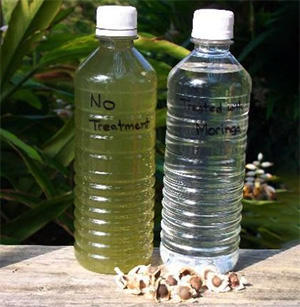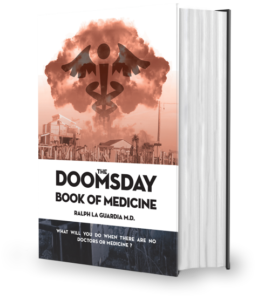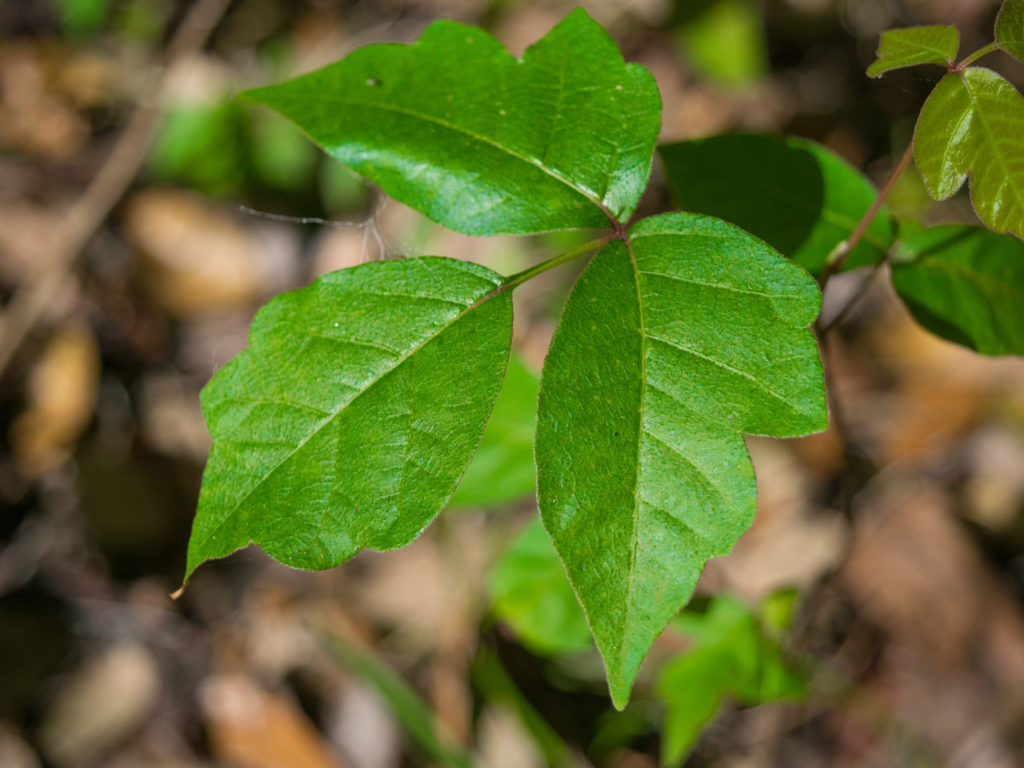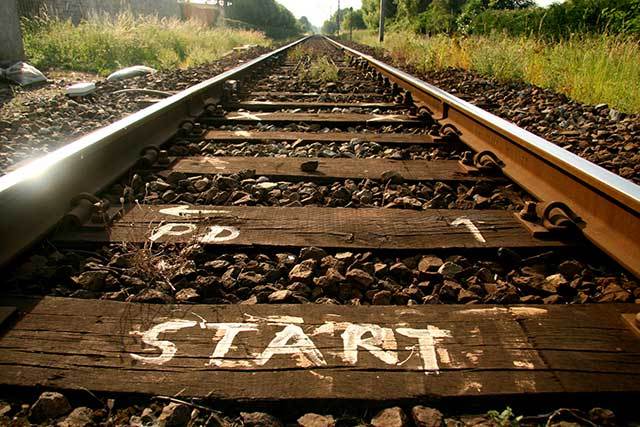Never Be Situation Unaware
“On a warm spring night, after eating dinner with friends and deciding to do a little late-night dancing, a young lady walks across the top floor of a well-lit parking garage. She’s tired, worn out from the night of dancing and to help combat her fatigue, one hand is carrying a latte from the local late-night coffee joint down the road while her other hand fumbles in her purse.
Since it’s the top floor of the garage, there are few really good places to mount a security camera, so the ones that do exist are not able to capture much outside of the fact that behind her, a black-clad man with his hood up approaches her from behind as she unlocks her car door, and attacks. Within seconds, he slams the back of her head, knocking her unconscious with his blow, if not with the ricochet of her head against the roof of the car. Picking up her keys off the ground, throwing her inside the car bodily, he’s driving off through the garage, and is out of camera range very quickly to do…well, just about anything he wants.”
While this is a fictional situation, it’s the kind of thing that I’m starting to think about now that my daughter is going to be attending college in the big city. She has basic skills in martial arts, an interest based on an activity that I required of her when she was a young teen, but doesn’t have a firearm and doesn’t carry any weapons in her purse. What can she do to prevent this kind of attack?
3 Ways to Discourage Street Attacks
#1 – Situational Awareness & Mindfulness

Situational Awareness is simply the act of being constantly aware of what is happening around you. It is essential in any kind of potentially dangerous situation to be mindful of what is happening around you, keeping a clear head, focusing on the present situation and your present environment. Use as many of your senses as you can – listen to the ambient sounds, notice the smells of your environment, put your eyes and your head on a swivel, looking behind you every thirty seconds or so, and more often if entering a new environment.
I used the word “mindful” in the last paragraph, because Mindfulness is becoming a part of the zeitgeist of modern life as well. This age-old concept is very simply a set of techniques designed to help you focus on the present moment, and what is happening around you – very similar to situational awareness. Looking up some simple mindfulness exercises like “leaves on a stream” or even practicing basic meditation is a good way to help build your tolerance for long periods of being in the moment.
In the above situation, the young lady who was attacked likely had no idea that there was someone else on the roof of the parking garage, much less that he was following her, even as closely as he would have had to in order to attack so quickly. Having no situational awareness, and likely being lost in a world of her own thoughts or in cell phone music or audio programs was her first big mistake. Had she been looking around, aware of her situation, and perhaps even made eye contact with the attacker on her way towards her car, she may have done enough to encourage him to choose a different target.
#2 – Providing Disinformation
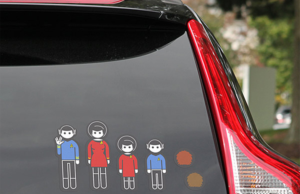
Almost everyone would choose a young female. The reasons are simple – she’s less likely to have any interest in martial arts or combat sports, she’s probably smaller and less muscular than her male counterparts, she likely carries more cash or valuable jewelry, and is stereotyped as being more naïve by the media and society at large. Whether any specific female fits those categories is unimportant, its true that the simple act of being a female makes you a bigger target.
Being a young female isn’t something you can control. Or is it?
No transgender stuff here. But it’s possible, highly likely even, that the attacker in the above situation has done at least a small amount of research on this car he found on the top floor of a parking garage late at night, and it’s surprising what you can figure out about someone based on their car.
Does she have custom vanity license plates? If so, those are generally a strong indicator that this is a female, unless the plates say something decidedly masculine like “GUNDUDE8” or “PREP MAN”. If he peeks inside and sees custom leopard print seat covers, a steering wheel cover, or fuzzy dice on the rearview mirror, then assumptions can easily be made. Other information can be gleanes as well. If he sees a Victoria’s Secrets bag in your passenger seat, then what’s he going to assume? The contents of your backseat can tell a lot about a person. Makeup bags, the presence of an infant car seat or a booster, bumper stickers – all of these things say something about you, and help attackers decide if you’re a good target. While they don’t all “scream” female, they do all scream “unfocused” or having their concentration distracted by errands, a child, whatever. We are all guilty of this, especially in places we have frequented where “nothing has ever happened.” Reality is it only has to happen once to be life altering.
The worst offenders of the car customization market are the stick figures that populate the back windows of far too many cars. Sure, they’re kind of cute, but they give way too much information about who you are, who is in your family, their ages and their interests. If you have a single woman with two children on there, chances are that you’re coming out to your car either alone, or with two little ankle biters who are occupying all of your attention.
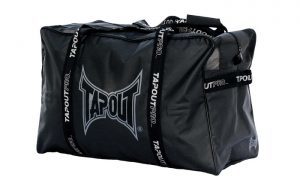 The best tip I’ve heard for single young women who are at risk for being attacked near their car is to give would-be attackers plenty of disinformation designed to encourage them to choose a different target. A big, well-worn pair of men’s athletic shoes in the back seat, or a duffel bag covered in visible weight-lifting patches and karate logos will go a long way towards indicating to any smart criminals that the person who owns this vehicle is not to be trifled with.
The best tip I’ve heard for single young women who are at risk for being attacked near their car is to give would-be attackers plenty of disinformation designed to encourage them to choose a different target. A big, well-worn pair of men’s athletic shoes in the back seat, or a duffel bag covered in visible weight-lifting patches and karate logos will go a long way towards indicating to any smart criminals that the person who owns this vehicle is not to be trifled with.
Bumper stickers are also a good way to dissuade people. Pro-gun bumper stickers, particularly if they endorse concealed carry, are a good place to start, as are indicators that you’re interested in things like MMA, wrestling, martial arts, or bodybuilding, whether you are or not. I have heard the counter-argument, that people “looking for guns to steal” look for cars with an NRA sticker (USMC emblem, etc.) The normal pattern of such a person is to follow you home to see what house to target for a robbery, when they observe you have left the premises. Yes, most people like this have gun safes – do you put your bedside go-to weapon in your gun safe every time you leave your house?
Spiked dog collars are also a simple thing to throw in the backseat. While that might not be something that will dissuade an attacker in the aforementioned situation, it will work wonders for dissuading attackers spying on your car in a park, forest preserve or who might be looking at your home as a potential target.
Use your normal routine and patterns to decide what kinds of things you want to decorate with, or stash in your car. Understanding the places where you’re likely to be attacked will provide the best understanding of what will work best for you.
#3 – Just do it
People who prey on others are often quite a bit smarter than you might think. Most have done their homework, and having looked inside your car to find evidence that you may be a very strong male or have a very large dog, might be smart enough to avoid you as a potential attackee. Despite this, an often cited fact about criminals shows that most crimes that are committed in the US are crimes not borne from passion or careful thinking, but simply crimes of opportunity.
The attacker in the situation above may have been in line behind her in the coffee shop and noticed a $100 bill in her wallet, and taken the chance to follow her. He may have just been a normal guy walking to his own car when he had a desperate feeling that he could get something from her. Sometimes, the criminals will ignore any evidence of misinformation you provide, or maybe they’ve cased your car before and seen through your deception.
Sometimes, you just have to fight. Or at least look like you’re ready for a fight.
Many will advise keeping some kind of weapon in the purse, and it’s hard to deny that this would be a good idea, but I would advocate that, if not well trained in the use of a knife, pepper spray, a pistol, or whatever weapon might make sense for a young lady to carry, that weapon will be useless. It might also function as a distraction – it’s mere existence forcing the attacked person to spend valuable reaction time digging around for the weapon instead of running, adopting a defensive posture, striking back, finding some other form of help, or doing almost anything else that may be more productive in helping the situation.
Instead, the simple act of looking ready for a fight is good enough. Stand up straighter when you walk, turn your head when you look, not just your eyes. Proactively say hi to people on the street to indicate that you notice them, as this can unnerve criminals who are doing their best to avoid notice.
Remember that if the need arises to defend yourself, it is nearly impossible to do so without a free hand. If you carry a purse, consider keeping your hand inside it as you walk, not fishing for anything, but as if you’re holding onto something. The fear of the unknown weapon in your hand may do enough to scare someone off.
Anyone, female or not, would also do well to consider what kinds of objects that you keep on your person and how they may be used as a weapon. Pocket knives are an obvious choice, but making a fist around your car keys creates a deadly combination of striking and slashing weapons that can do serious damage. Aerosol deodorant or hair spray is not a great choice, but it can certainly burn the eyes of an attacker if you get lucky. Using the small, rounded edge of a hairbrush as a striking tool can be helpful to those who don’t have a lot of experience using their fists to punch, and it will likely cause more damage if you don’t already have any martial arts training.
Before exiting the stairwell or elevator, this young women should have had her keys ready in her dominant hand, with the key poking out through her middle and index finger, her hand in a fist. Even with an improper strike, this will cause damage to any attacker. That’s a nice easy weapon to carry that will do the damage, doesn’t require specific training, and will help you stay safe out there in the big bad city. And for those of us with “electronic key bobs”, consider investing in some sharp jewelry/bottle-opener thingy’s to add to the key ring. Also, never forget your extended thumb forward when making a fist as this can be devastating to an eye, a throat, even a kidney. Then again, there is this.
"On a warm spring night, after eating dinner with friends and deciding to do a little late-night dancing, a young lady walks across the top floor of a well-lit parking

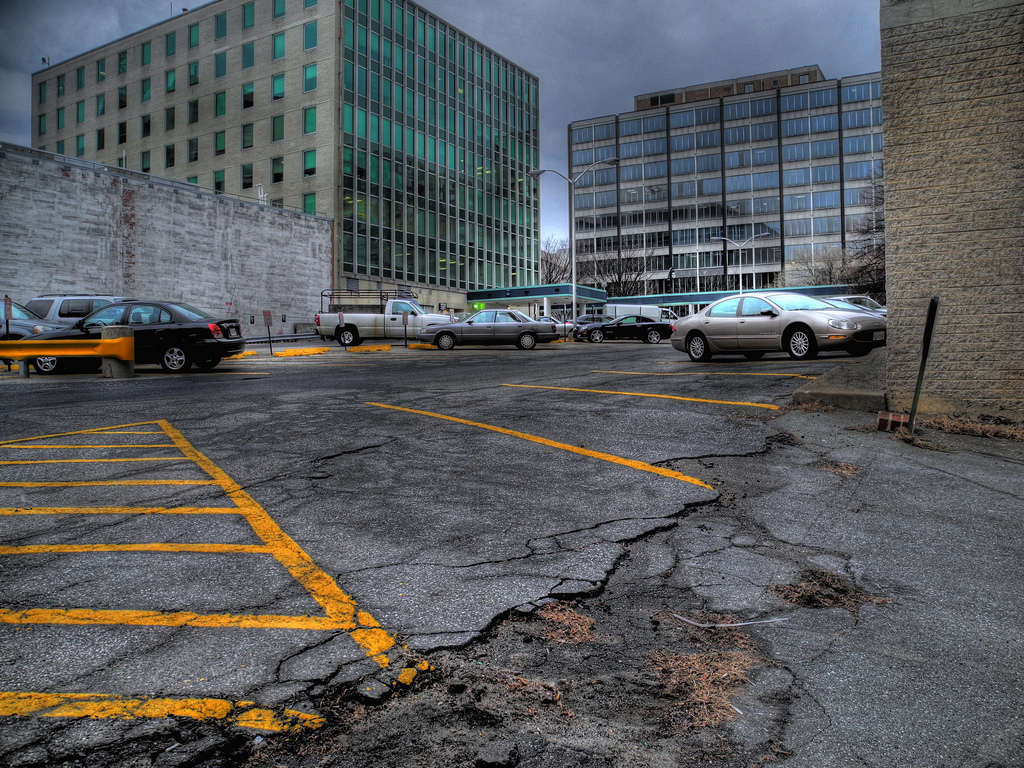
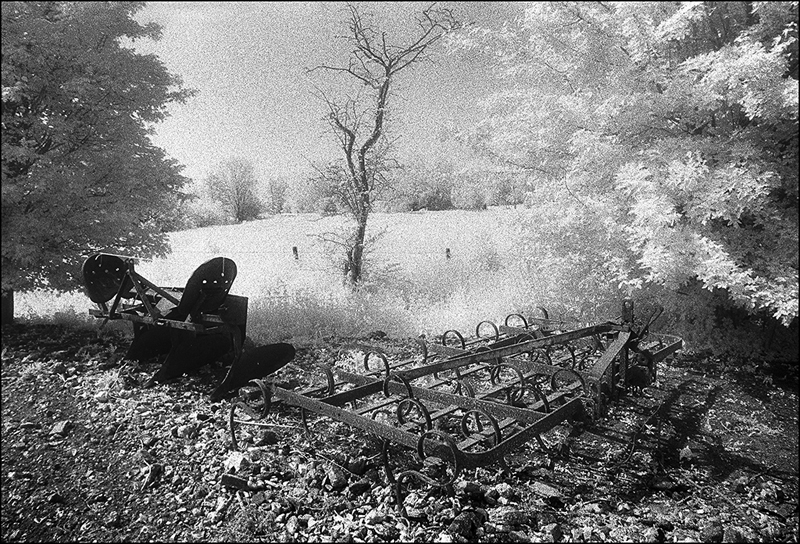
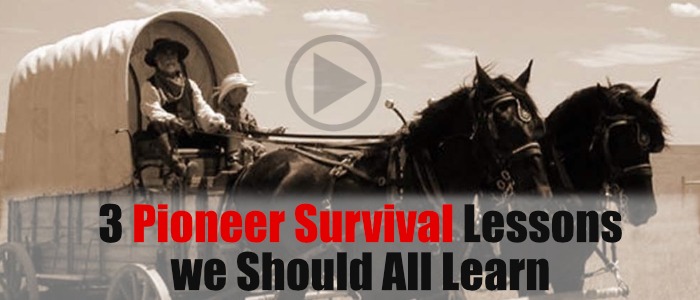
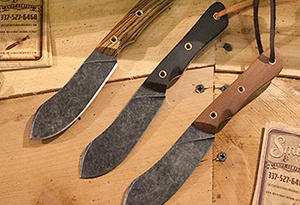
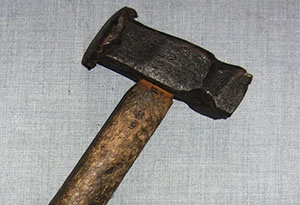
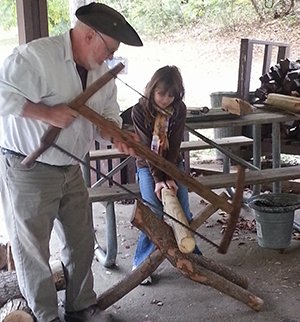
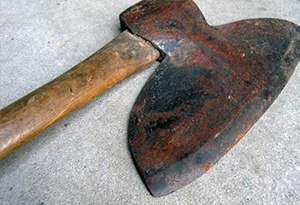
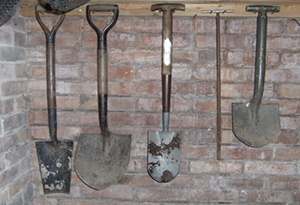
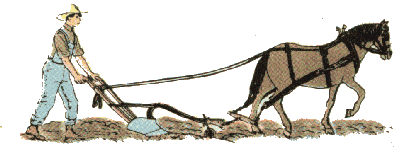
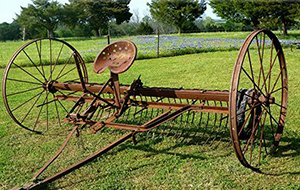
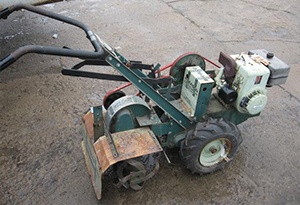
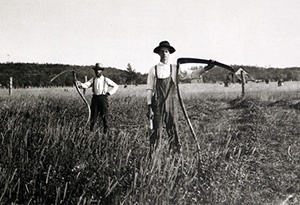
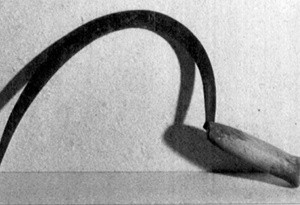
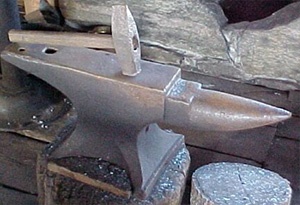
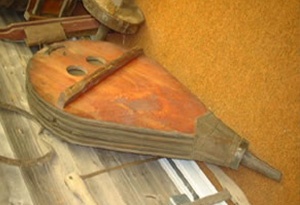
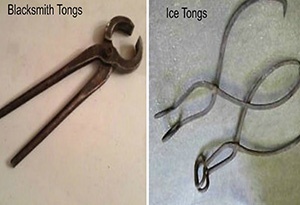
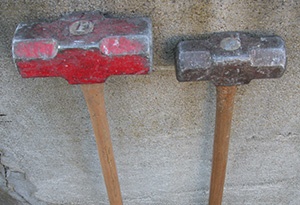

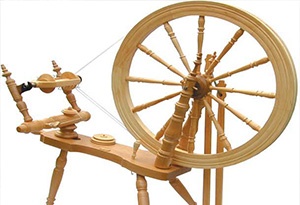
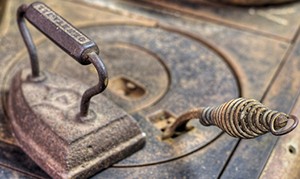
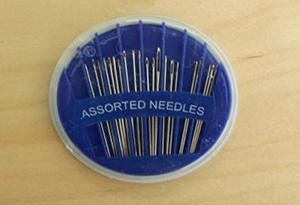



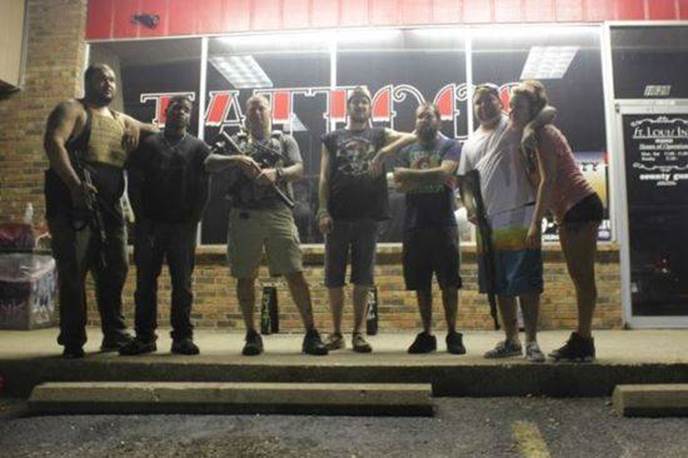
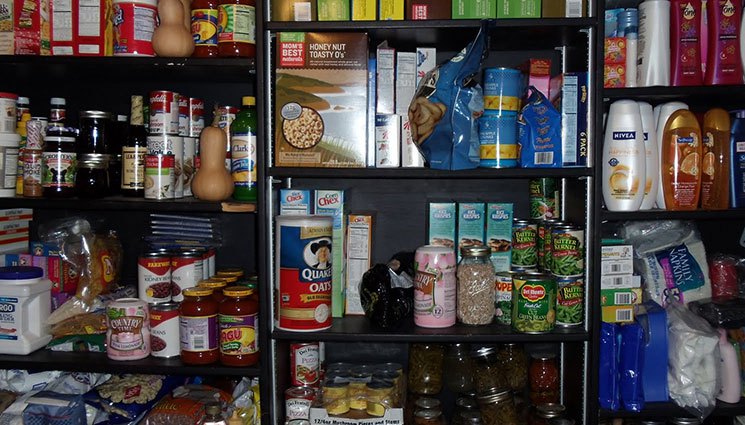
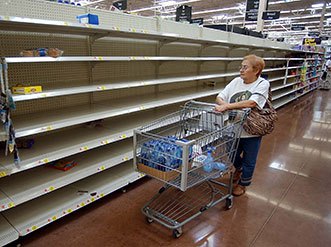
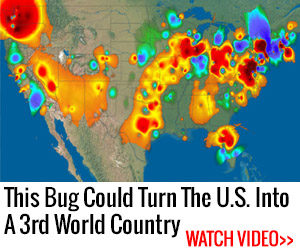
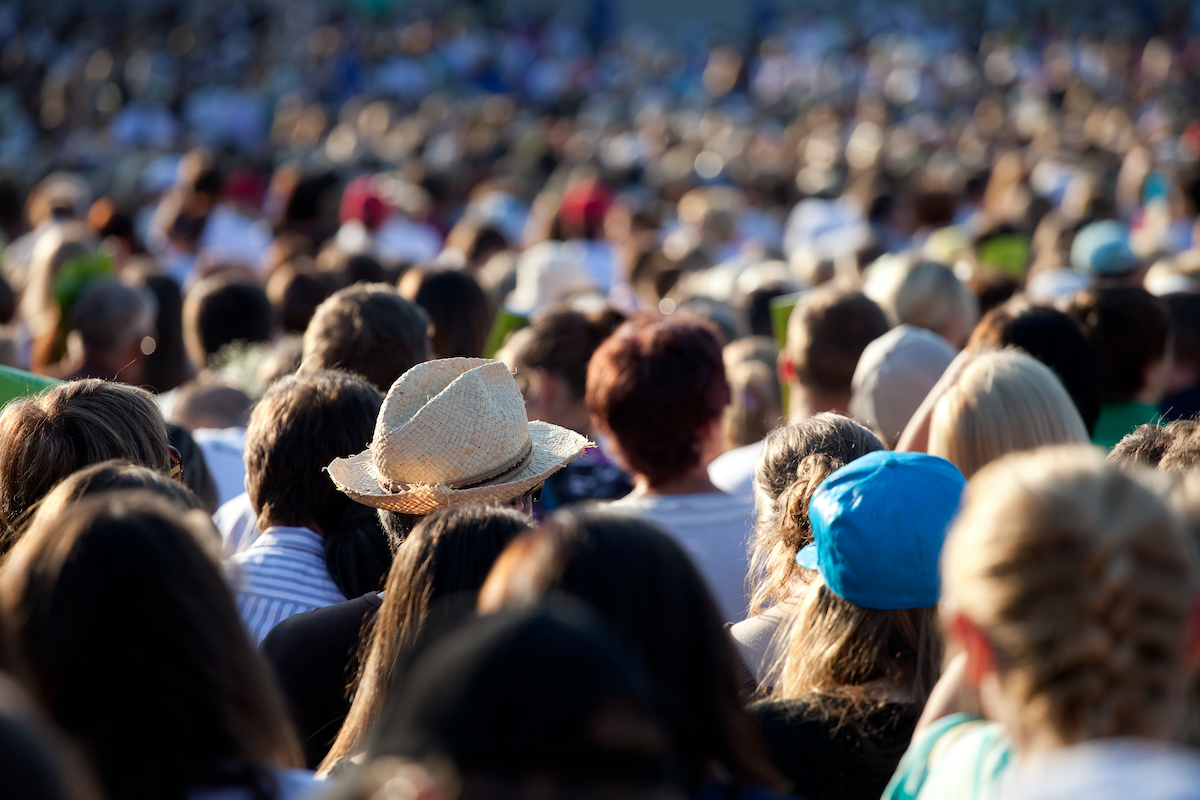


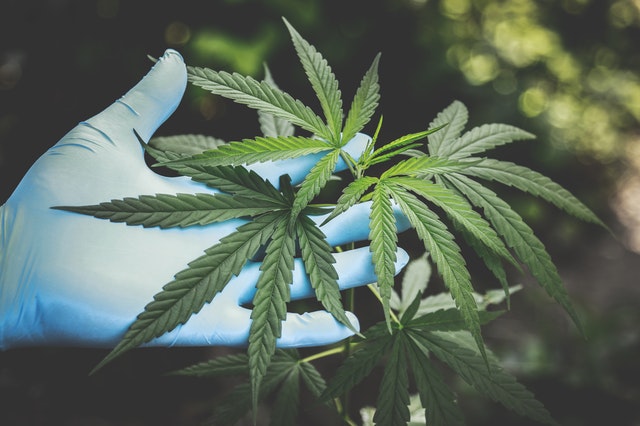

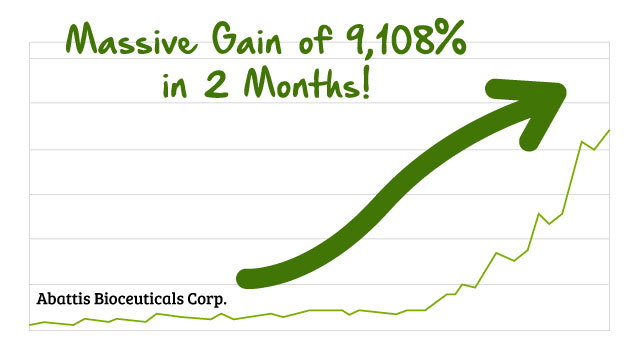



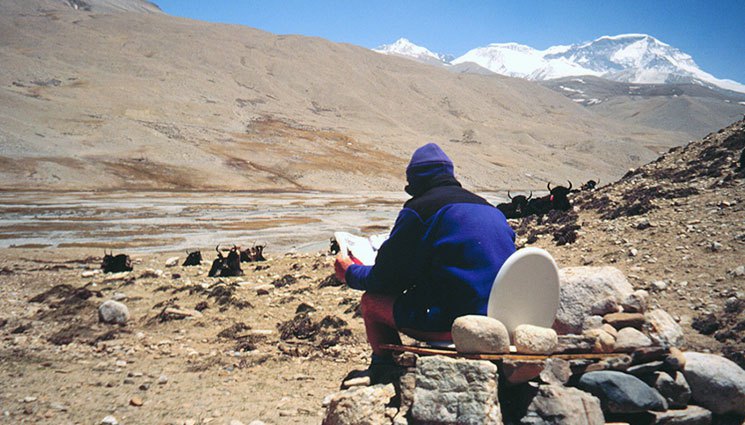
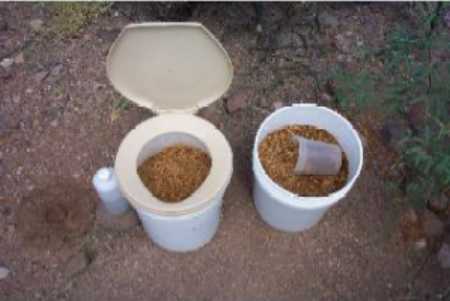
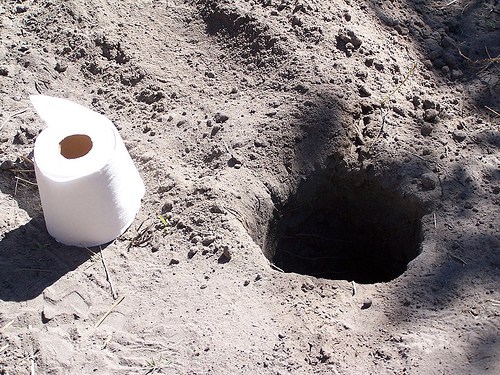
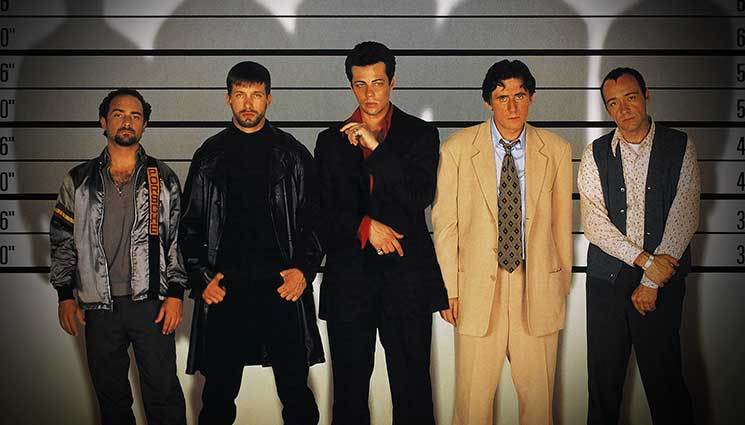
 Food Storage Moms – these are the sweet middle aged moms who equate the idea of survival with having a basement full of canned foods (some of which they probably canned themselves). Probably also soccer moms. They know the importance of stocking those cupboards full!
Food Storage Moms – these are the sweet middle aged moms who equate the idea of survival with having a basement full of canned foods (some of which they probably canned themselves). Probably also soccer moms. They know the importance of stocking those cupboards full! Apocalyptists – swear that someday soon just about everybody is going to be torched in a giant nuclear explosion, drowned in a flood, frozen to death in another ice age, or abducted by aliens. These guys are the converts of Independence day, I Am Legend, and all the other wonderful Hollywood portrayals.
Apocalyptists – swear that someday soon just about everybody is going to be torched in a giant nuclear explosion, drowned in a flood, frozen to death in another ice age, or abducted by aliens. These guys are the converts of Independence day, I Am Legend, and all the other wonderful Hollywood portrayals. Tactical Hoo-Rahs – these are the guys that treat everything like it’s the battlefield. They borrow all the acronyms, abbreviations and terminology from their military days. These guys are all about stockpiling firepower, blowing things up, and beating the bad guys.
Tactical Hoo-Rahs – these are the guys that treat everything like it’s the battlefield. They borrow all the acronyms, abbreviations and terminology from their military days. These guys are all about stockpiling firepower, blowing things up, and beating the bad guys.
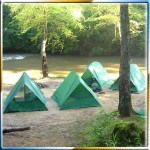 Camping & Hunting Nuts – LOVE spending time in the outdoors. They can’t get enough of hunting, tracking, animal calls, hiding in bushes, and analyzing poop. They like the adventure of making do and doing without, so they do it for fun. To these guys, the concept of “survival” is being alone in the wilderness.
Camping & Hunting Nuts – LOVE spending time in the outdoors. They can’t get enough of hunting, tracking, animal calls, hiding in bushes, and analyzing poop. They like the adventure of making do and doing without, so they do it for fun. To these guys, the concept of “survival” is being alone in the wilderness.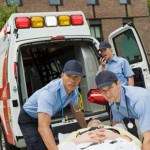 Medical Mavens – pride themselves on being able to perform CPR, first aid, emergency surgeries, treat and dress wounds, triage the victims of mass destruction, and anything else medical. To them, the apex of “survival” is being able to put people back together.
Medical Mavens – pride themselves on being able to perform CPR, first aid, emergency surgeries, treat and dress wounds, triage the victims of mass destruction, and anything else medical. To them, the apex of “survival” is being able to put people back together. Right Wing Extremists – swear that the government is slowly taking away our freedoms, and that people are being led down the path of “following the system” without questioning. Everything is a conspiracy, nothing should be trusted–especially if it’s the Feds. The less government there is, the better.
Right Wing Extremists – swear that the government is slowly taking away our freedoms, and that people are being led down the path of “following the system” without questioning. Everything is a conspiracy, nothing should be trusted–especially if it’s the Feds. The less government there is, the better. Boy Scouts – are a close relative of the camping/hunting nuts. Their brand of survival is also largely “wilderness survival.” They become more “prepared” by passing off merit badges dealing with the safe and proper way of: building a fire, using a knife, making camp, disposing of waste (paper and otherwise), splitting wood, navigating by map, and more.
Boy Scouts – are a close relative of the camping/hunting nuts. Their brand of survival is also largely “wilderness survival.” They become more “prepared” by passing off merit badges dealing with the safe and proper way of: building a fire, using a knife, making camp, disposing of waste (paper and otherwise), splitting wood, navigating by map, and more. Doomsday Economists – these guys prophesy of the times when paper money will be completely worthless, and burnt to keep warm. They put their faith in stockpiling raw goods and precious metals. They invest in foreign markets, and keep their wealth spread around, so that it can’t be lost all at once.
Doomsday Economists – these guys prophesy of the times when paper money will be completely worthless, and burnt to keep warm. They put their faith in stockpiling raw goods and precious metals. They invest in foreign markets, and keep their wealth spread around, so that it can’t be lost all at once.

